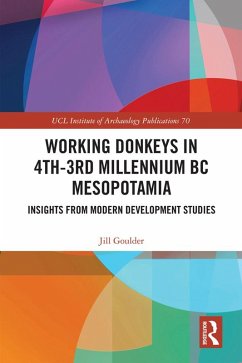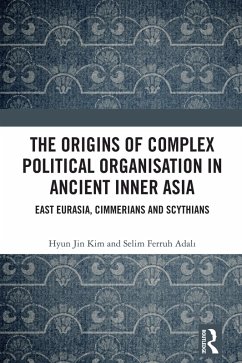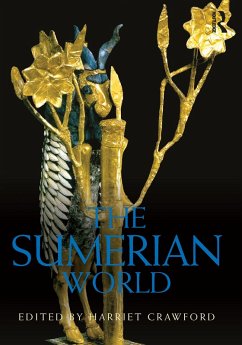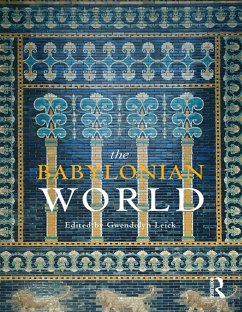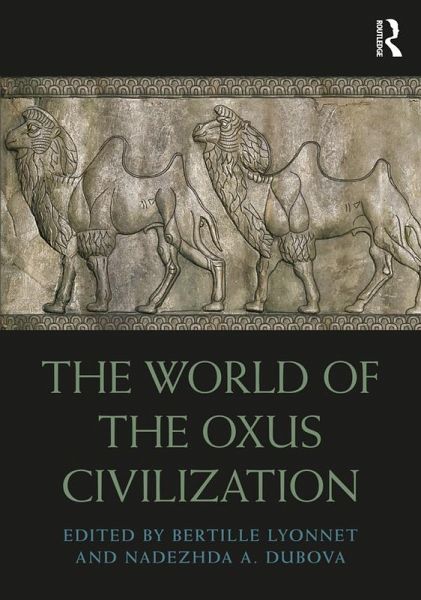
The World of the Oxus Civilization (eBook, PDF)
Versandkostenfrei!
Sofort per Download lieferbar
46,95 €
inkl. MwSt.
Weitere Ausgaben:

PAYBACK Punkte
23 °P sammeln!
This collection of essays presents a synthesis of current research on the Oxus Civilization, which rose and developed at the turn of the 3rd to 2nd millennia BC in Central Asia.First discovered in the 1970s, the Oxus Civilization, or the Bactria-Margiana Archaeological Complex (BMAC), has engendered many different interpretations, which are explored in this volume by an international group of archaeologists and researchers. Contributors cover all aspects of this fascinating Bronze Age culture: architecture; material culture; grave goods; religion; migrations; and trade and interactions with ne...
This collection of essays presents a synthesis of current research on the Oxus Civilization, which rose and developed at the turn of the 3rd to 2nd millennia BC in Central Asia.
First discovered in the 1970s, the Oxus Civilization, or the Bactria-Margiana Archaeological Complex (BMAC), has engendered many different interpretations, which are explored in this volume by an international group of archaeologists and researchers. Contributors cover all aspects of this fascinating Bronze Age culture: architecture; material culture; grave goods; religion; migrations; and trade and interactions with neighboring civilizations, from Mesopotamia to the Indus, and the Gulf to the northern steppes. Chapters also examine the Oxus Civilization's roots in previous local cultures, explore its environmental and chronological context, or the possibly coveted metal sources, and look into the reasons for its decline.
The World of the Oxus Civilization
offers a broad and fascinating examination of this society, and provides an invaluable updated resource for anyone working on the culture, history, and archaeology of this region and on the multiple interactions at work at that time in the ancient Near East.
First discovered in the 1970s, the Oxus Civilization, or the Bactria-Margiana Archaeological Complex (BMAC), has engendered many different interpretations, which are explored in this volume by an international group of archaeologists and researchers. Contributors cover all aspects of this fascinating Bronze Age culture: architecture; material culture; grave goods; religion; migrations; and trade and interactions with neighboring civilizations, from Mesopotamia to the Indus, and the Gulf to the northern steppes. Chapters also examine the Oxus Civilization's roots in previous local cultures, explore its environmental and chronological context, or the possibly coveted metal sources, and look into the reasons for its decline.
The World of the Oxus Civilization
offers a broad and fascinating examination of this society, and provides an invaluable updated resource for anyone working on the culture, history, and archaeology of this region and on the multiple interactions at work at that time in the ancient Near East.
Dieser Download kann aus rechtlichen Gründen nur mit Rechnungsadresse in A, B, BG, CY, CZ, D, DK, EW, E, FIN, F, GR, HR, H, IRL, I, LT, L, LR, M, NL, PL, P, R, S, SLO, SK ausgeliefert werden.





